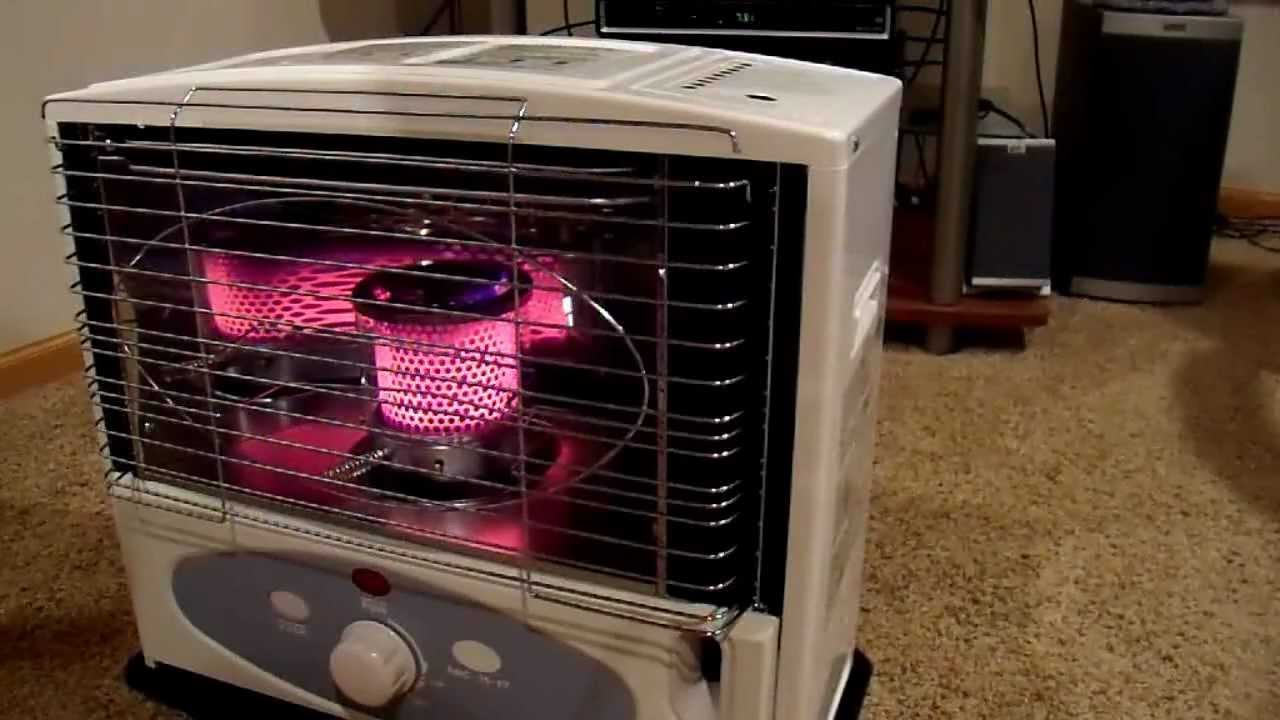As temperatures continue to drop this winter, everyone should have an alternate method of heating their homes. Those who only have their heat through electric sources are particularly vulnerable, something as simple as a snow-laden limb falling on a powerline could have you without heat all night. A larger storm that affects your entire region could have utility providers so busy that it takes days or weeks to restore electricity to your home. If you do not have an alternative heating method, you may want to consider getting a kerosene heater, here are a few things you should know before getting one.
Suggested Article: Critical Tips for Surviving a Winter Storm or Blizzard
- The most common objection to using a kerosene heater is the smell. But a heater that is used properly, with a clean wick, and quality fuel, will not produce the noxious smell that many associates with kerosene heaters.
- As with all organic fuels, the burning of kerosene will produce toxic gasses such as carbon monoxide. Because of this, the room you have your heater in should always have a source of outside air. A window slightly cracked should be enough, and carbon monoxide detectors should always be used.
- If it is the first time you have used your heater recently you may want to allow the wick to soak up the fuel for 20 minutes or so, and start it outside. Even a properly used heater will produce smoke when it is first started, and when it is turned off.
- Unlike a fireplace, a kerosene heater is portable and can be moved from room to room (don’t move a burning heater for safety).
Hypothermia is a real killer, don’t put your life and the lives of your family in jeopardy with inadequate emergency heaters. Tea candles will not keep a home warm, even in a flowerpot, get a real heater and a supply of fuel to stay safe this winter.



Kerosene and similar petrol-chemical fuel based heaters are not always the best choice for indoor usage. In matter of fact many jurisdictions even out law the use of them due the mishaps that have occurred of the years with carbon monoxide & carbon dioxide poisonings. There many better alternate heating sources which utilizes proper ventilation systems or heat sources without ventilation requirements.